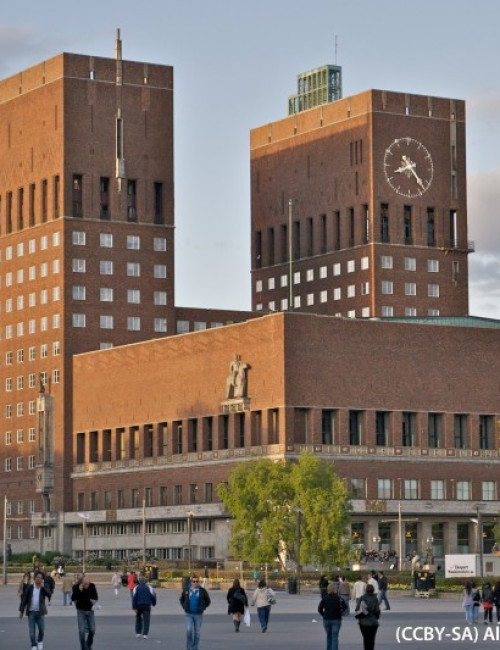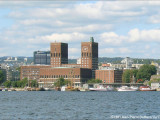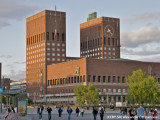Oslo Rådhus 2
Oslo
- Facts
-
Metrics
You must be a CTBUH Member to view this resource.
Official Name
Oslo Rådhus 2
Other Names
Oslo City Hall 2
Name of Complex
Type
Building
Status
Completed
Completion
1950
Country
City
Address
Function
A mixed-use tall building contains two or more functions (or uses), where each of the functions occupy a significant proportion of the tower's total space. Support areas such as car parks and mechanical plant space do not constitute mixed-use functions. Functions are denoted on CTBUH "Tallest Building" lists in descending order, e.g., "hotel/office" indicates hotel function above office function.
Government
Height
63 m / 207 ft
Floors Above Ground
17
Construction Schedule
Construction Start
Completed
You must be a CTBUH Member to view this resource.
Architect
Usually involved in the front end design, with a "typical" condition being that of a leadership role through either Schematic Design or Design Development, and then a monitoring role through the CD and CA phases.
Arnstein Arneberg; Magnus Poulsson
Subscribe below to receive periodic updates from CTBUH on the latest Tall Building and Urban news and CTBUH initiatives, including our monthly newsletter. Fields with a red asterisk (*) next to them are required.
View our privacy policy






